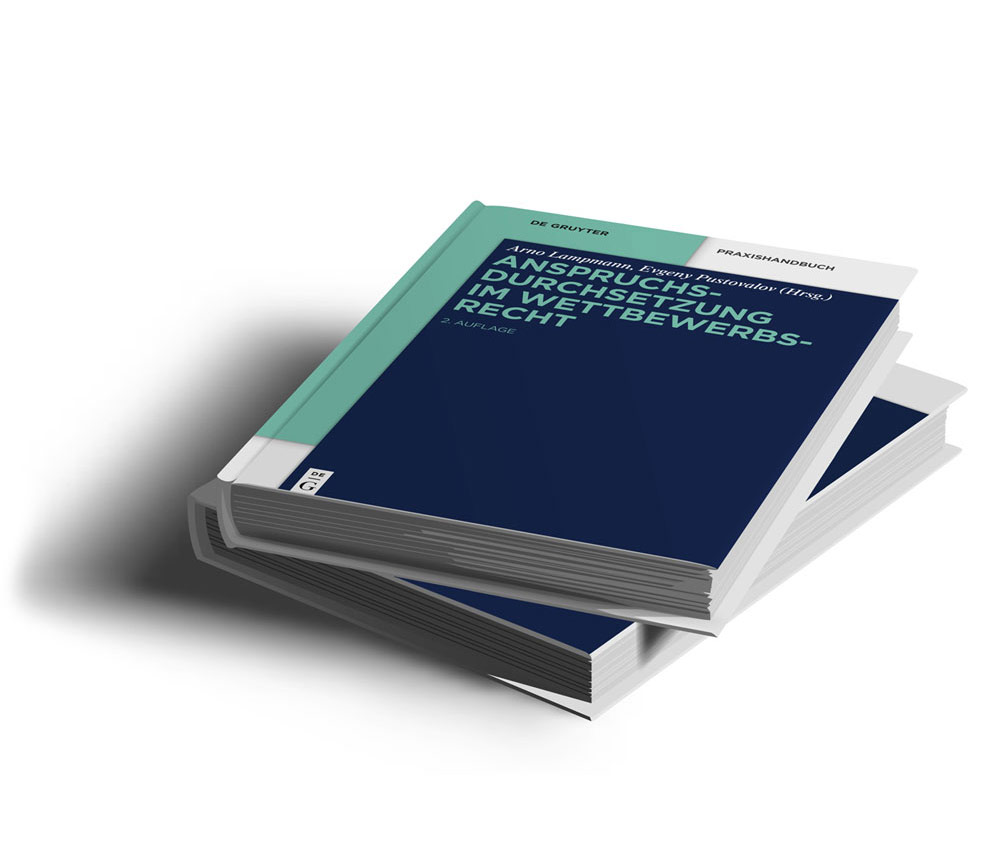The red dot, or: Compensation for breach of data protection by rehabilitation centre

Among the most sensitive data are those relating to health status. In principle, this data is only of concern to the patient themselves and the persons responsible for their treatment. Disclosure – even in an unspecific form, even with the best of intentions – is a breach of data protection, the ‘non-material damage’ of which is subject to compensation in accordance with Art. 82 para. 1 GDPR.
In rehab with HIV
This case concerns a patient at a rehabilitation centre who was recovering from an acute illness. The patient is HIV-infected, but is undergoing treatment and is not contagious in normal clinical practice. He was in the rehabilitation centre for a completely different reason, but his HIV infection still played a role. That in itself is not the problem; after all, doctors and nursing staff have a right to know a patient’s medical history in order to be able to treat them appropriately. However, information must be passed on in compliance with data protection regulations. And that was not the case here. The patient had to take note of the fact that a red dot was stuck to the door of his room – clearly visible to everyone. In addition, such a mark was on the outside of the medical record and on the tube used to take a blood sample. The patient did not want to accept this and sued for Compensation for damages.
LG Berlin: Compensation for non-material damage required
After the Charlottenburg District Court had dismissed the patient’s claim, the Berlin Regional Court signalled in the appeal proceedings that it considered damages of 1,200 euros to be appropriate due to the data protection breach and proposed a corresponding settlement between the parties, which they subsequently agreed to (Beschluss v. 18.7.2022 – Az.: 35 S 4/22). In doing so, the Berlin Regional Court not only turned against the judgement of the lower court, but also against the Thuringian State Data Protection Commissioner, who incomprehensibly was unable to recognise a data protection violation in the case of the red dot.
Open labelling unnecessary, unsuitable and inadmissible
The Berlin Regional Court already questioned the general labelling of people infected with HIV as part of simple treatment measures; the renowned Robert Koch Institute does not consider such labelling to be necessary and only recommends the hygiene measures that are routinely required anyway. In this particular case, it rejects the facility operator’s argument that the red dot on the door indicates completely different infectious diseases and is therefore not a stigmatisation of HIV-infected persons, pointing out that the labelling then lacks any meaning, because different infectious diseases ‘require completely different measures in hospital operations, so that uniform labelling with a red dot is unsuitable to provide hospital staff with an accurate basis for deciding on the correct measures to be applied’. The fact that the labelling was visible to everyone, including people not involved in the treatment, because it was attached to the outside of the room door and personnel file, also makes the matter inadmissible under data protection law – labelling in the patient file would have been completely sufficient to inform doctors and nursing staff about the HIV infection.
Recognition of the damage, reminder of data protection
For the patient, the clarifications and the reference by the Berlin Regional Court, which led to the settlement between the parties, mean recognition of the non-material damage he suffered in the rehabilitation clinic. And for the clinic operator, a clear reminder of the data protection law Obligations in the healthcare sector.
This article was written by our freelance author Josef Bordat. It is part of our series ‘Reports from the parallel world’. Here, authors from other specialist areas take a look at the theory and practice of law. Unlike our other specialist articles, the articles do not look at events and legal cases from a legal perspective, but from a completely different angle. It is up to the reader to decide from which angle. In our opinion, it will always be interesting.





